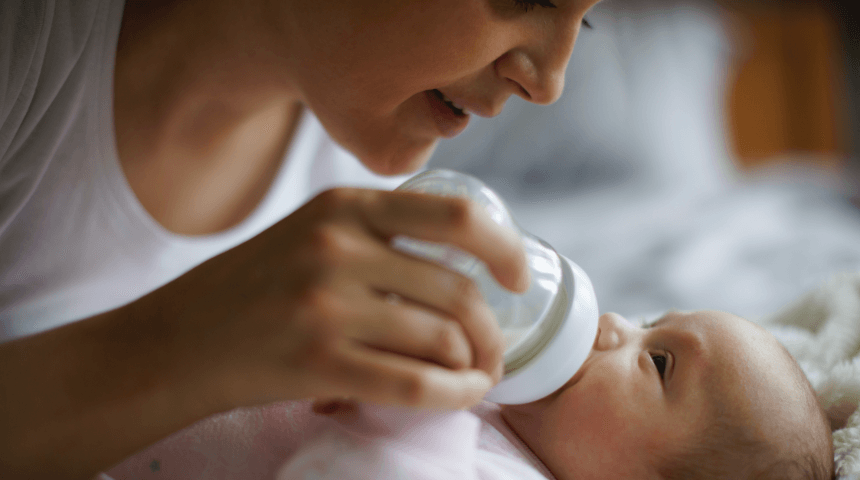Joint Pain: What Happens as We Age
Whether you’re walking, running or swimming, healthy joints are essential for comfortable and easy movement.
Your joints are the part of the body where bones meet. They’re cushioned by cartilage and synovial fluid, which lubricates your joints so they move smoothly. But as you age, the water content of your joint tissues decreases. When this happens, it’s more likely for the bones to rub against each other, and movement can become more painful or difficult.
The most injured joints are typically ankles, knees, hips, shoulders and neck.
Causes of Joint Pain
Bone and muscle strength also deteriorate with age, making it even more difficult for your joints to do their jobs. Some conditions and lifestyle factors that increase the risk for age-related joint pain include:
● Lack of exercise. This may cause the cartilage to weaken, just as regular exercise strengthens your bones, muscles and joints. Regular exercise also keeps the synovial fluid flowing, so a lack of movement decreases that flow.
● Rheumatoid arthritis. RA is a chronic auto-immune inflammatory disorder that causes joint pain. It happens when your immune system fights healthy tissue, affecting joint lining.
● Lupus. An auto-immune disorder that attacks healthy tissue, including the joints and other organs.
● Tendinitis. Inflammation of the tendon, the thick fibrous cords that attach muscle to bone. The inflammation often results in tenderness and pain near the joints.
● Injuries, such as sprains, strains or ligament tears.
How To Prevent Deterioration
Quit smoking. Tobacco use floods the body with inflammation, making it more difficult for your body to heal. Smoking also impacts your immune system, making you more susceptible to other conditions.
Maintain a healthy weight. Being overweight or underweight puts extra stress on your joints. Having too much weight puts strain on your knees and being underweight means less muscle mass, making it more difficult for your joints to function. Talk to your doctor if you need to lose or gain weight.
Get moving. Exercise is the tap that keeps the synovial liquid flowing. It also prevents stiffness and pain, and it helps maintain joint flexibility. Low-impact stretching and aerobic exercises such as cycling, yoga, Pilates and swimming are safe to strengthen your joints.
Protect your weight-bearing joints, including knees and hips, by avoiding too much pressure. Avoid walking on uneven or hard surfaces. If you do, wear shoes with proper cushioning support, particularly when exercising.
Treating Joint Pain at Home
Consider these at-home tips to help relieve stiffness, inflammation, discomfort and pain:
● Massage or light stretching.
● Heating pad placed over joints to loosen cartilage and warm them up.
● Over-the-counter pain relievers and anti-inflammatory drugs.
● A hot bath or shower in the morning.
● Cold treatments such as using a gel ice pack.
If your pain or discomfort affects your daily life and activities, see your doctor. Earlier treatment can help prevent more serious complications or identify an underlying joint-related condition.
Choose to Stay in Touch
Sign up to receive the latest health news and trends, wellness & prevention tips, and much more from Orlando Health.
Sign Up





